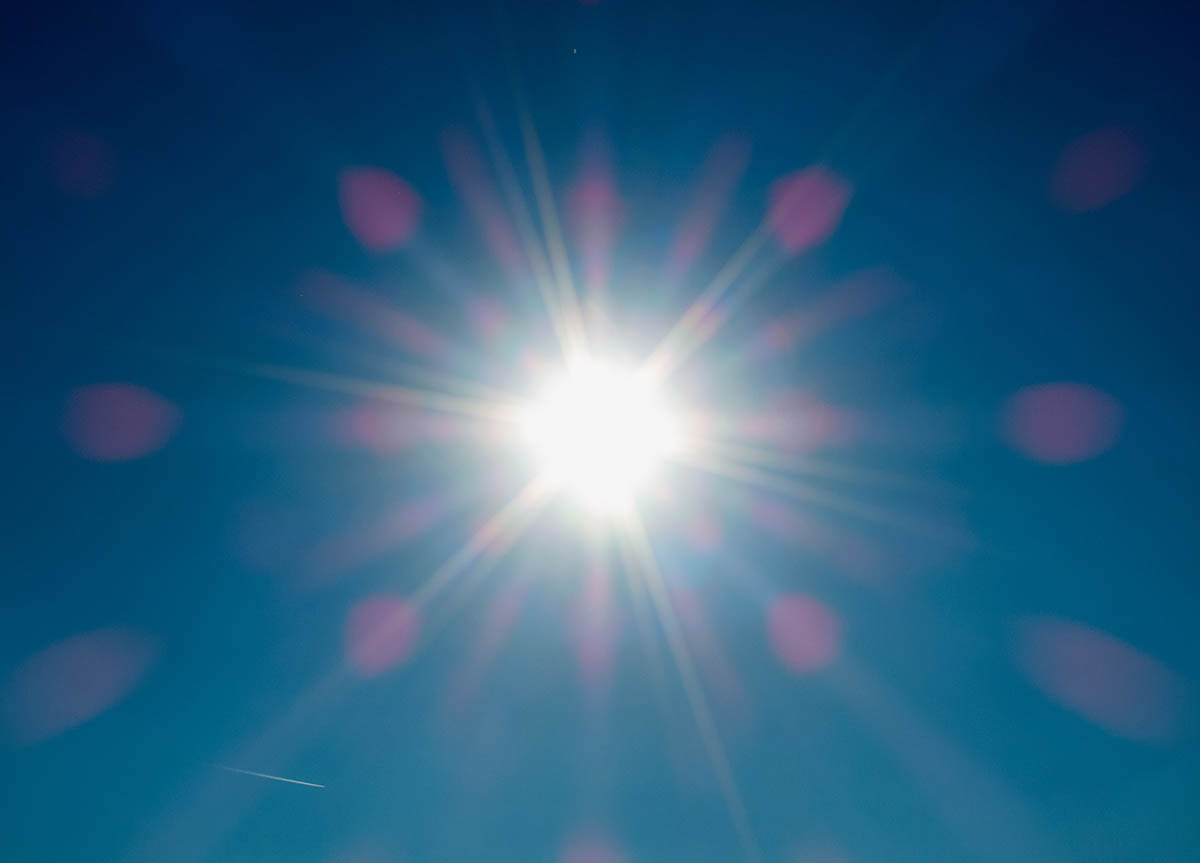Extremely hot weather can be difficult for everyone, but working in the heat can put additional stress on your body’s cooling system. During the COVID-19 pandemic, you are experiencing an extra layer of challenges related to heat stress because of the personal protective equipment (PPE) you are required to wear to keep you safe. Wearing this additional PPE may increase discomfort during a heat wave. In order to be prepared and aware of the implications of heat stress, please review the prevention tips outlined below.
Heat stress can worsen when you are:
- Working very hard physically
- Losing fluids due to sweating
- Or when you are tired
Prevention Tips for Heat Stress
Reduce heat exposure when possible, including exposure to direct sunlight.
Stay hydrated. Make sure you are drinking water regularly during the day.
Avoid alcohol or drinks with caffeine, as these make the body lose water, and increase your risk of heat stress.
Avoid eating very large meals before working in a hot environment.
Wear light and breathable clothing that allows for the evaporation of sweat (e.g. cotton clothing).
Use sunscreen and cover your head if you are outdoors for a long time.
Avoid standing in one place for too long.
Take rest breaks.
We encourage you to self-monitor and be on the look out for symptoms of heat stress which can include:
- Feelings of tiredness and weakness
- Increased thirst
- Nausea and vomiting
- Body temperature above 38C
FAQs on Heat Stress and Personal Protective Equipment
Q: Will wearing my mask decrease my oxygen intake and increase my carbon dioxide intake?
A: No – there is no significant physiological impact on your body from wearing a mask.
Q: Will wearing a mask increase the risk for heat stress?
A: No. Wearing a mask does increase skin temperature, but it has no significant increase to internal body temperature.

